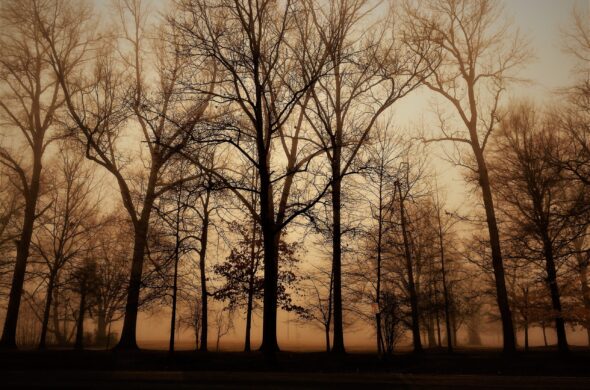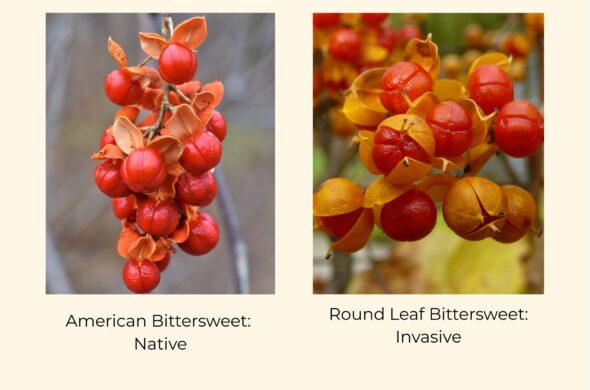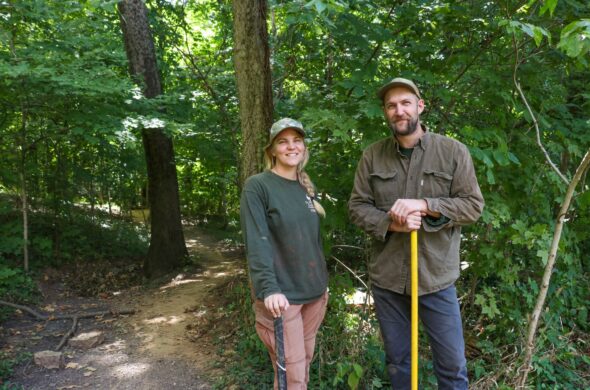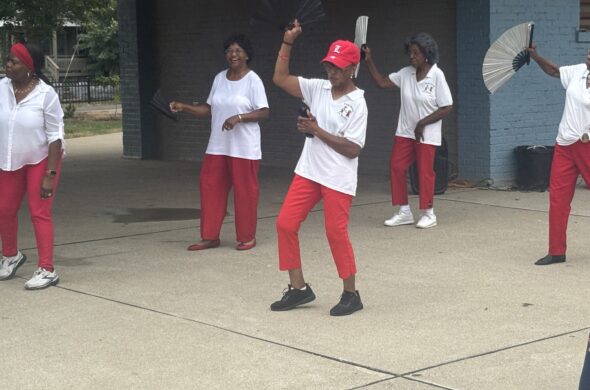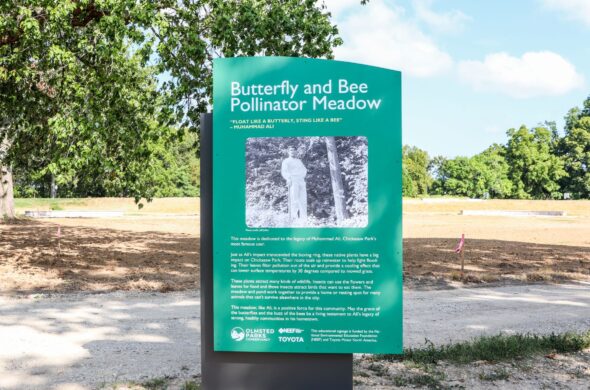By Mary Anne Fox, Horticulture Specialist
When I say “flower,” what comes to your mind? Is it the catkins covering the maple and oak trees in spring? The panicles of your favorite grass? Although these are some of our most common flowers, you likely thought of that stunning Dahlia you passed last summer, or perhaps the graceful lavender Iris. So why are some flowers vibrantly eye-catching, and others rarely acknowledged as a flower? For that answer, we have to consider what the purpose of the flowering structure means for the plant itself.
When a plant begins to flower, its goal is to propagate itself and continue the species line. In other words, it’s hoping to “get lucky!”

The flowers that are successfully fertilized are able to produce viable seed, which create genetic diversity in the population and allow the species to live on more hardily. The plants that are unable to produce viable seed will likely die out. Plants depend on environmental interactions, such as wind and wildlife, for pollination to occur. The genes that ultimately succeed during pollination will contribute to the characteristics that evolve in that plant species over time.
Flowers that draw your attention have evolved to do so. Well, they have evolved to attract someone’s attention. For example, the color contrast of a flower like New England Aster or honey locust might be more likely to catch the eye of a honeybee; however, there are hundreds of plant species pollinated by bats who depend on a specific size flower to locate their food source using sonar. These plants have sticky pollen, and they are hoping to attract birds, bats and insects who visit for nectar and unwittingly pollinate the plants. Catkins of maples and oaks, or the dull colored yet troublesome ragweed, have no need to draw attention of pollinators by appearance or fragrance: they instead produce ample amounts of pollen that can be dispersed by the wind.
While most wildlife utilizes the flowers of plants as food sources, including our beloved species Homo sapiens, humans also have a chord that strikes in our soul when we experience something beautiful. For millennia, we have farmed, bred, and cross-bred plants for colors, fragrances and sizes that emanate feelings of peace, joy, and even romance. A bouquet of flowers brought home from the market for your loved ones this Valentine’s Day is historically a symbol of expressing this deep appreciation of beauty and color to someone you deeply appreciate. This Valentine’s Day, maybe you can spread that love to the pollinators in your neighborhood by planting a Kentucky native forb or shrub for them (and yourself!) to enjoy perennially.
Find something similar: News Cherokee Park Iroquois Park Shawnee Park


